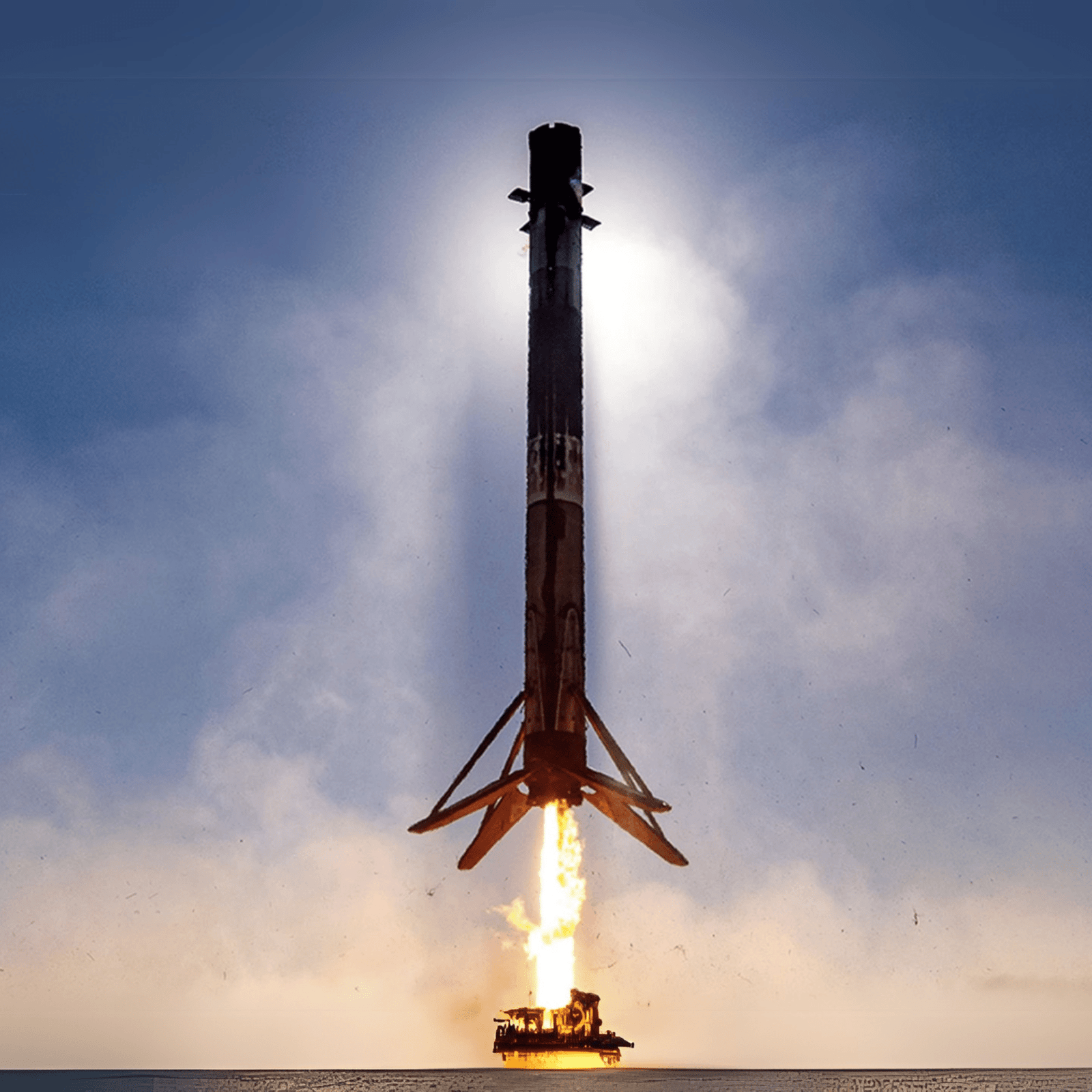The Moon’s Slow Contraction
The moon, our closest celestial neighbor, is undergoing a slow but significant transformation. A recent study reveals that the moon has been gradually shrinking over the past few hundred million years, losing more than 150 feet in circumference. This shrinkage is a result of the moon’s core cooling down, a process that has led to some intriguing and potentially hazardous consequences.
As the moon contracts, it experiences a phenomenon similar to the wrinkling of a grape as it dries into a raisin. However, unlike a grape’s flexible skin, the moon’s surface is brittle, leading to the formation of faults where sections of the crust push against each other. This fault formation, coupled with the moon’s contraction, often triggers seismic activities known as “moonquakes”.
Evidence of Moonquakes
A team of scientists from NASA, the Smithsonian, Arizona State University, and The University of Maryland has been studying these moonquakes and their connection to the moon’s shrinkage. Their research has revealed that these seismic activities are concentrated around the Lunar South Pole, particularly in areas where NASA hopes to land during the crewed Artemis III mission.
The team used computer models to simulate the stability of surface slopes in the moon’s south polar region. They discovered that some areas were particularly vulnerable to lunar landslides triggered by these moonquakes. The strongest recorded moonquake, with a magnitude of 5, was linked to a group of faults detected by the Lunar Reconnaissance Orbiter.
A Threat to Future Lunar Missions
The findings of this study have significant implications for future lunar exploration. Shallow moonquakes, which occur about 100 miles deep into the moon’s crust, can be strong enough to damage equipment and human-made structures. Unlike earthquakes on Earth, which last for a few seconds or minutes, moonquakes can last for hours, potentially causing extensive damage to any future settlements on the moon.
One of the Artemis III candidate landing regions, the de Gerlache Rim 2, is located near a young thrust-fault scarp. The formation of this fault scarp could have been associated with a recorded moonquake of significant magnitude. This poses a potential risk to the Artemis missions, which aim to establish a long-term human presence on the moon.
Ongoing Research: The Moon’s Seismic Activity
Despite the potential risks, the team of scientists remains undeterred. They are continuing to map the seismic activity on the moon, hoping to identify more locations that could be dangerous for human exploration. By comparing data from the Apollo Passive Seismic Network in the 1970s to recent images from the Lunar Reconnaissance Orbiter, they aim to gain a more detailed understanding of the moon’s seismic activities.
As we inch closer to the launch date of the crewed Artemis missions, understanding the moon’s seismic activities becomes increasingly crucial. This research will help in engineering structures that can withstand lunar seismic activity and in identifying potentially dangerous zones, thereby ensuring the safety of our astronauts and the success of future lunar missions.





